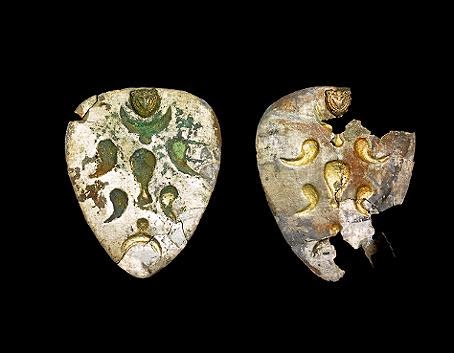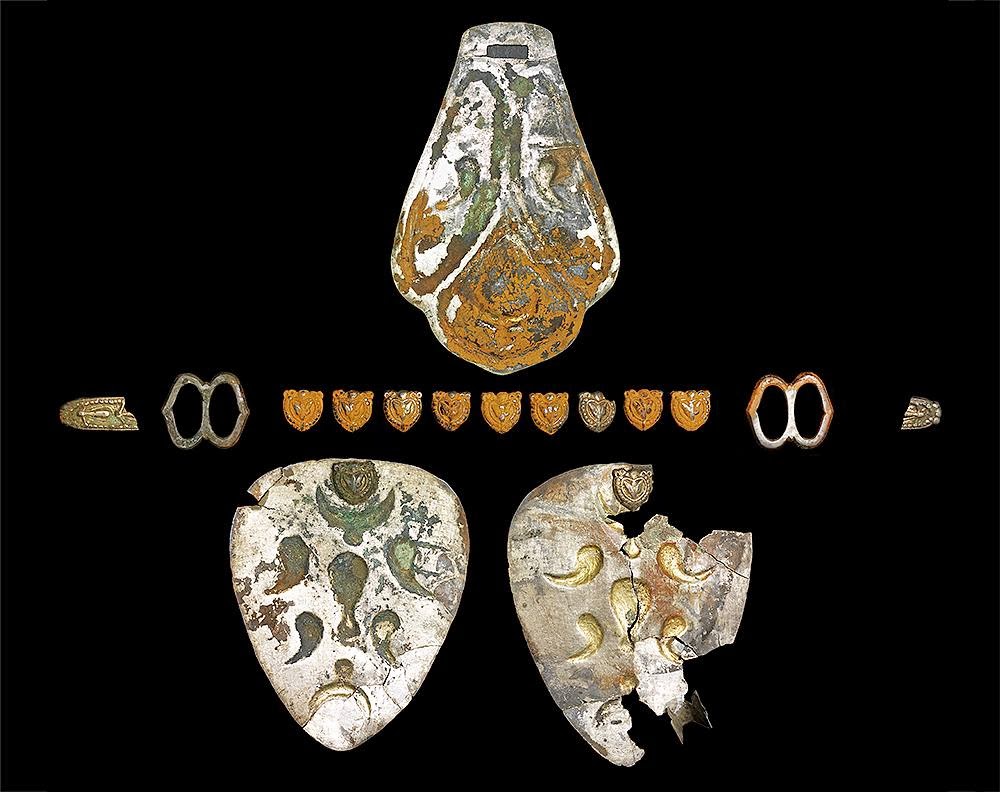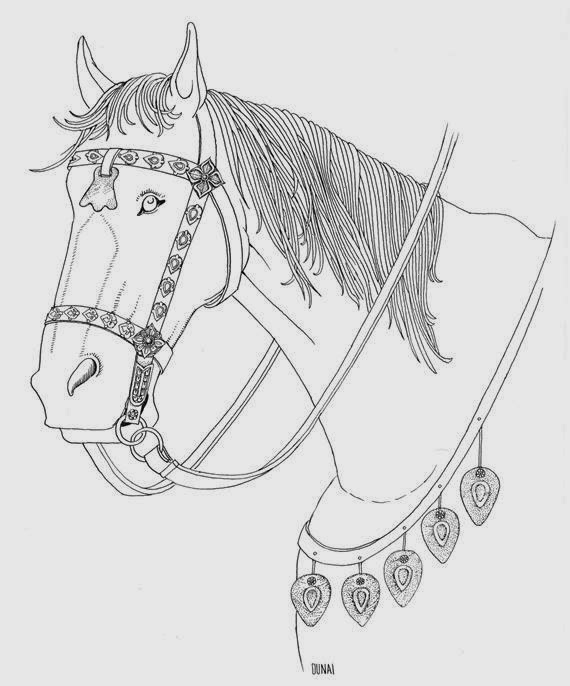Medieval History

- Remains Of Carolingian Palace Found At Zalavár
The church of St. Hadrianus at Mosaburg/Zalavár (from Wikipedia) The area of Zalavár in western Hungary has long been one of the most interesting archaeological sites of medieval Hungary, especially for the Carolingian period. The area has been idetified...
- Conference And Exhibition About László Gerevich
László Gerevich, one of the eminent Hungarian archaeologists of the Middle Ages, was born 100 years ago. To commemorate, the Budapest History Museum organized a conference and an exhibition about his career. The highlight of this career was the excavation...
- Conquest-period Sabretache Plate Found At Hungarian Excavations
Sabretache plate excavated in Pest county Photo from Sírásók naplója blog A Hungarian archaeological blog (Sírásók naplója) reported on a recent lucky find in Pest county of Hungary. Last week, remains from the period of the Hungarian Conquest...
- New Books On Medieval Archaeology
Given the tumultuous history of Hungary, archaeology plays a major role in interpreting the medieval heritage of the Kingdom (see my previous post on this). Excavations in this field yielded spectacular results, much of which is now summarized...
- Holy Crown Of Hungary
It is August 20th, Saint Stephen's day. Saint Stephen was the first king of Hungary, ruling from 1000 until 1038. He was canonized in 1083. Saint Stephen received a crown from the pope and was crowned as first king of the new kingdom in 1000. This...
Medieval History
Hungarian ornaments found at the site of the Battle of Lechfeld (955)

In the Battle of Lechfeld, King Otto I defeated the Magyar troops in 955, effectively putting an end to the period of Hungarian invasions to western Europe. The battle took place near Augsburg, but its exact location was not known. According to German press reports, a sensational find may change that. An amateur archaeologist found a set of horse ornaments at a site some 15 kilometers northeast of Augsburg. The silver ornaments show traces of gilding, and their style unmistakenly ties them to 10th century Hungarians. The ornaments must have belonged to a high-ranking leader in the Hungarian army. The leaders of the army, including Bulcsú and Lehel (Lél) were executed by Otto - who himself was later crowned Emperor. The Hungarians turned towards east during the next few decades, being involved in conflicts against the Byzantine Empire. Finally, however, the period of Hungarian raids was over, and a new kingdom emerged in the Carpathian basin under the rule of King St. Stephen (1000-1038).
 |
| Photo: Archäologische Staatssammlung München |
The finds were presented last week by the Archäologische Staatssammlung München. Further excavations to be carried out at the site may shed more light on the circumstances of this decisive battle. The finds will be presented at the permanent exhibition of the State Archaeological Collection after restoration.
You can read about the discovery in Augsburger Allgemeine (in German) or in Népszabadság (in Hungarian). More information is available at the following sites: Bayerischer Rundfunk, Focus, Aichacher Zeitung, usw.
 |
| Drawing of Hungarian conquest-period horse ornaments. Reconstruction by László Révész |
- Remains Of Carolingian Palace Found At Zalavár
The church of St. Hadrianus at Mosaburg/Zalavár (from Wikipedia) The area of Zalavár in western Hungary has long been one of the most interesting archaeological sites of medieval Hungary, especially for the Carolingian period. The area has been idetified...
- Conference And Exhibition About László Gerevich
László Gerevich, one of the eminent Hungarian archaeologists of the Middle Ages, was born 100 years ago. To commemorate, the Budapest History Museum organized a conference and an exhibition about his career. The highlight of this career was the excavation...
- Conquest-period Sabretache Plate Found At Hungarian Excavations
Sabretache plate excavated in Pest county Photo from Sírásók naplója blog A Hungarian archaeological blog (Sírásók naplója) reported on a recent lucky find in Pest county of Hungary. Last week, remains from the period of the Hungarian Conquest...
- New Books On Medieval Archaeology
Given the tumultuous history of Hungary, archaeology plays a major role in interpreting the medieval heritage of the Kingdom (see my previous post on this). Excavations in this field yielded spectacular results, much of which is now summarized...
- Holy Crown Of Hungary
It is August 20th, Saint Stephen's day. Saint Stephen was the first king of Hungary, ruling from 1000 until 1038. He was canonized in 1083. Saint Stephen received a crown from the pope and was crowned as first king of the new kingdom in 1000. This...
